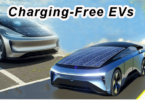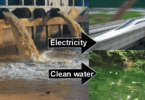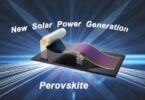Hi how are you?
What would you do if there was a car that could travel the 450 km (280 miles) from Tokyo to Nagoya on just 30 liters of household water?
This is not a pipe dream. It’s not science fiction. But such a “silly idea” is
now becoming a reality in the near future. Behind the scenes, a Japanese giant car producer has been quietly but steadily advancing a revolution that will determine the very future of our planet.
What Toyota is now presenting to the world is a car that runs on water alone, without any gasoline, electricity or hydrogene. Just turn on the tap in your home, fill the tank with water, and the car will start moving quietly and powerfully.
When Tesla founder Elon Musk learned of the existence of this technology, he lost his confident smile, and the shock was so great that it is said that the world froze.

He grimaced when he heard an overview of this technology, and his aides say he muttered, “The era of EVs is finished, or rather, they have been made to end!
This is no longer something that can be categorized as simply a “car.” It is an unprecedented existence that will fundamentally transform human civilization itself.
Contents
- EVs do not emit CO2 while driving, which have been touted as the “vehicle of the future,” do you agree?
- What has Toyota been developing for decades in its underground research laboratory with both of hydrogen engine and/or motor and water engine?
- Does the car really run on water ? ? ?
- High Barriers to Widespread Adoption: Are Conspiracy Theories Real?
- The future brought by water-powered cars: What is Japan’s role?
EVs do not emit CO2 while driving, which have been touted as the “vehicle of the future,” do you agree?
Unlike gasoline-powered cars that emit CO2 and it’s polluted the global environment, EVs are quiet, comfortable, and truly “earth-friendly” cars that run smoothly except on snowy days.
There are, however, many drawbacks such as taking too much to charge electricity, batteries are heavy, say, as one example of the batteries used by Tesla weighs nearly 600 kg, which is equivalent to the weight of a compact car. To move this massive mass, even more power is required.
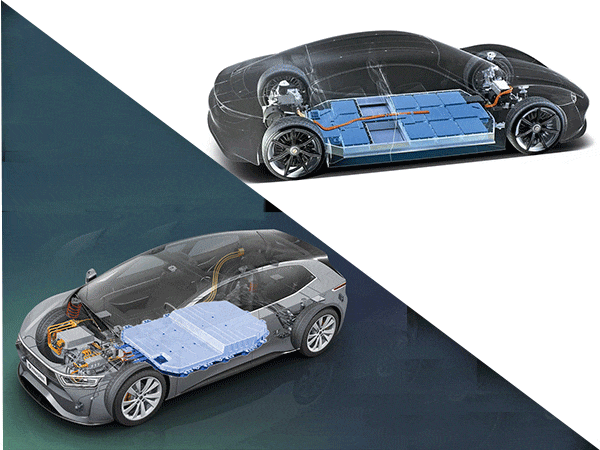
As a result, under certain driving conditions, EVs can be less energy-efficient than even the latest gasoline or hybrid vehicles.
And there is another brutal reality we must never turn away from. Have you ever considered where the rare metals essential for those batteries, especially cobalt, come from?
The most severe issue lies in the Democratic Republic of the Congo in Africa. According to reports from the region, children as young as seven or eight are digging dangerous holes with their bare hands and feet, without proper equipment.
Their daily wage is a mere one or two dollars. The soil they dig up contains the heart of the car you will one day drive or you might alreajy enjoy driving the car.
Right beside them, fragile mud walls collapse, burying fathers alive. Nobody was able to help him. Is this the clean future we should be striving for?

Besides, the biggest disadvantage is do you know how much CO2 is released into the atmosphere during the manufacturing process of the batteries that serve as their core?
There is shocking data available. Extracting rare metals like lithium, cobalt, and nickel from the ground, refining them, and transforming them into batteries through complex chemical processes results in over three times more CO2 emissions than manufacturing a gasoline-powered vehicle of the same class.
And where exactly is that electricity coming from? In countries where renewable energy is widely adopted, that might be manageable. However, in China—the world’s largest automobile market—the majority of electricity generation still relies on coal-fired power plants.

In other words, every additional EV on the road in China means more coal being burned at power plants, leading to darker skies. Even if the source of emissions changes, it could actually worsen the global situation.
Furthermore, that massive battery is not designed to last forever. Its lifespan is estimated to be no more than 8 to 10 years with current technology. What happens to the battery once it degrades?
The answer is simple: it must be replaced. The cost for this can easily reach several hundred thousand yen per vehicle, and in some cases, it can exceed one million yen, which is not uncommon.
Moreover, the discarded battery is essentially a “toxic waste.” They contain various chemical substances and currently, there is no proven method for recycling them safely and economically.
Ultimately, they must either be buried somewhere or incinerated while posing the risk of releasing harmful substances into the environment.
The term “zero emissions” is often heard, and in a sense, it is not a lie. After all, nothing is emitted while the vehicle is in motion.
Although EVs look futuristically bright because the media hyped them up, conscious companies jumped on board, and the government is providing subsidies, if the issues I just mentioned are not resolved, it will not last long.
Instead of the era of EVs is coming to an end or it’s being forced to end, they should make the following changes.:
★Abandoning traditional lithium batteries, Toyota will develop all-solid-state batteries. ①Charging time of less than 10 minutes ②Cruising range of 1,200 km on a single charge ③Battery life of 15 to 20 years
2027 Solid-State battery(全固体電池)
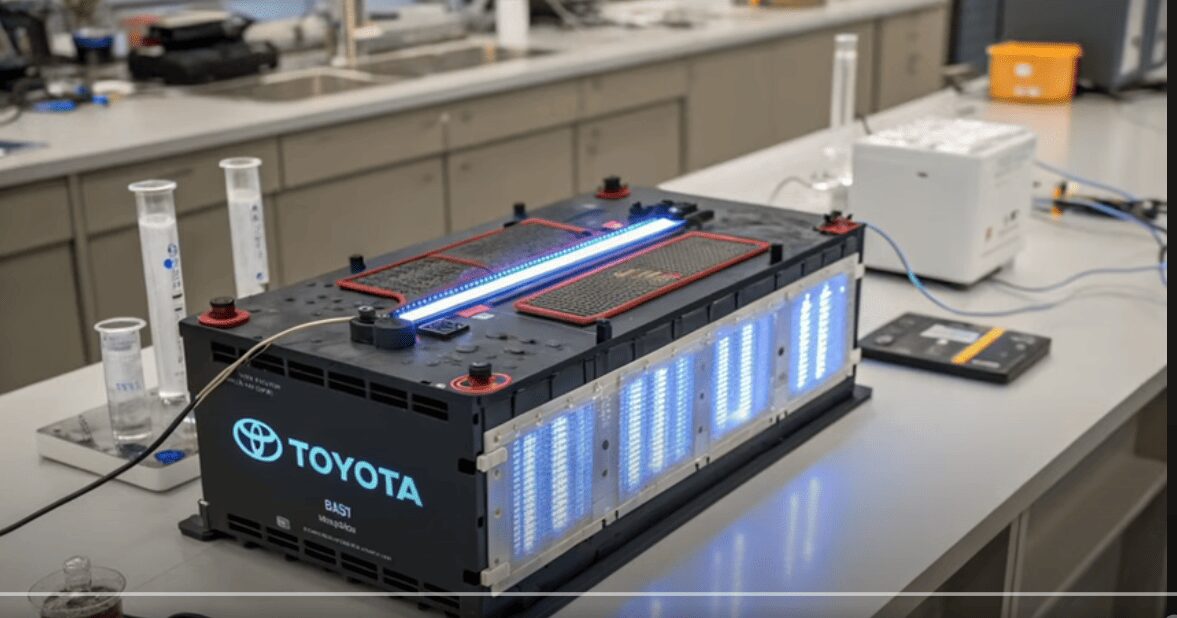
★Aiming for carbon neutrality, we will achieve a carbon-free society through the battery manufacturing process.
★Toward a society that respects people’s dignity, human rights and ethical issues such as child labor and environmental destruction at mining sites.
What has Toyota been developing for decades in its underground research laboratory with both of hydrogen engine and/or motor and water engine?
Note: the difference is that “motor” runs on electricity and “engine” runs on combustion just like gasoline cars/vehicles.
Amidst a global trend toward EVs, Toyota chose a strategy that could be called “going against the grain,” and for a time, it was labeled ‘outdated’ and “stubborn” by media outlets and investors around the world.
However, they were far from stagnant in their thinking. They began developing hydrogen engines in earnest, further refined their long-cultivated hybrid technology, and ultimately set course for an incredibly ambitious future that no one had even imagined: a future powered by water.
Toyota knew from the start that a single solution like EVs alone couldn’t create a truly sustainable society.
Furthermore, in the 1990s, the global automotive industry faced global environmental issues and the depletion of fossil fuels sooner or later, and Toyota has been considering the development of new energy sources.
For decades, they quietly yet relentlessly developed a completely new dimension of engine—the “water engine” for “water-powered cars”—in the depths of underground laboratories, out of the public eye.
This engine generates hydrogen on-site of in the car from water and burns it there, making it a revolutionary breakthrough in mobility.
At present, “water-powered cars” have not yet been put into practical use, but as they are expected to become more widespread in the near future, development of hydrogen vehicles that use hydrogen is progressing as a first step.
And hydrogen fuel cell technology has already been put into practical use not only in the passenger car “MIRAI” but also in commercial public transportation vehicles such as “SORA” buses and trucks.
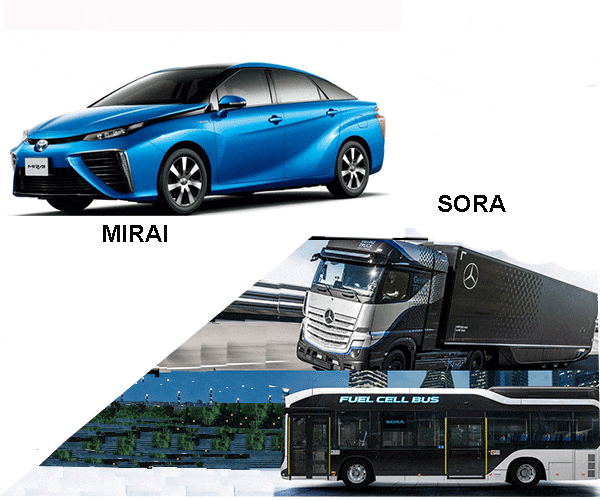
There are two types of “Hydrogen vehicle”, one is “fuel cell vehicles” and “hydrogen vehicles” are vehicles that run on hydrogen, and both have the advantage of not emitting CO2 while driving.
Fuel cell vehicles generate electricity through a chemical reaction between hydrogen and oxygen to drive a motor.
Like electric cars, fuel cell cars use electricity, but while regular electric cars need to be charged electricity at electricity statons.
Fuel cell cars, however, use electricity generated from hydrogen and oxygen through a chemical reaction, so there is no need to charge them at the electricity charging stations.
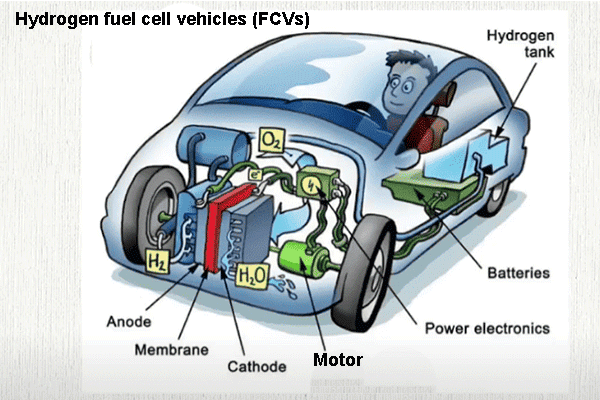
Hydrogen cars, on the other hand, run on the explosive power of hydrogen, which is burned in the engine instead of gasoline.
Attention: I believe “fuel cell vehicles” and “hydrogen vehicles” are too complicated to remember, so let’s say, the fuel cell vehicles : hydrogen motor vehicles/cars. And the hydrogen vehicles : hydrogen engine vehicles/cars.
The following short video demonstrates the growth of hydrogen engine vehicle by participating in a 24-hour endurance race.
The video also features Toyota’s president, who is also a passenger in the race, demonstrating the company’s commitment to furthering its carbon-neutral goals through its cars.
“Carbon neutrality“ is the concept of balancing emissions and absorption of greenhouse gases such as carbon dioxide, thereby reducing emissions to “virtually zero.”
Climate change and global warming are already becoming serious issues. In July 2023, the UN Secretary-General declared that “we have already moved beyond the ‘global warming’ stage and entered the ‘earth boiling’ era, making the issue even more important.
Subtitles in English, Narration in Japanese
Since hydrogen engine vehicles require hydrogen refueling from the station, the development of hydrogen stations will be an issue for the widespread use of not only vehicles, also looking ahead to the coming hydrogen era.
Toyota, therefore, plans to install hydrogen stations throughout the country in the near future.
Does the car really run on water ? ? ?
Now, let’s take a look at how water-powered cars/vehicles work.
Water engine operation flow:
Water supply: Fill the tank with “water” as fuel (tap water is acceptable).
Electrolysis: A small, high-efficiency electrolysis device installed in the vehicle decomposes the amount of water necessary for driving into hydrogen and oxygen in real time.
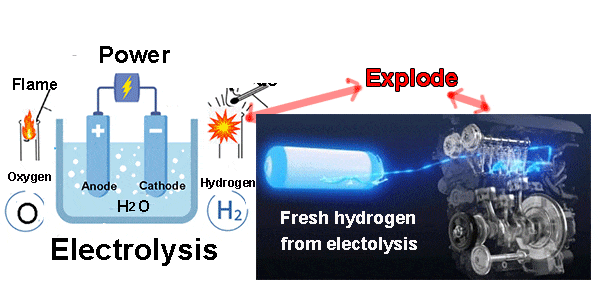
Hydrogen and oxygen produced by electrolysis of the water in the water tank in the car combust and expand, pushing the piston down
This method requires a large amount of electricity to produce hydrogen. We explain it later.
Hydrogen combustion: The generated hydrogen gas is immediately sent to the engine combustion chamber and combusts /explodes.
Power Generation: The combustion energy of hydrogen moves the pistons, driving the vehicle.
Exhaust: The combustion process produces only clean water vapor.
Advantages of the Water Engine:
Revolutionarily Simple Fueling: Tap water is acceptable, eliminating the need for special infrastructure. No gas stations, charging stations, or hydrogen stations are required—the “faucet” becomes the fuel station.
Unparalleled safety: Since it does not use high-pressure hydrogen tanks, which are prone to explosion, the risk of accidents is extremely low. This also contributes to vehicle weight reduction.
Energy self-sufficiency: Since hydrogen is generated inside the vehicle, dependence on external energy supply infrastructure is low.
Excellent environmental performance: Only water vapor is emitted during operation. Even when considering the entire lifecycle (from manufacturing to disposal), CO2 emissions may be significantly lower than those of EVs.
Technical points:
On-board electrolysis technology: Compact, high-efficiency, and durable electrolysis devices are key. In addition to platinum and nickel, new materials such as carbon nanotubes and graphene may be used for electrode materials.
Hydrogen combustion engine: An engine optimized for the characteristics of hydrogen (fast combustion speed, wide explosion range, etc.). Essential components include pistons (ceramic-coated) that can withstand high temperatures and pressures, valves, cooling systems, and AI-based precise combustion control technology.
Energy efficiency: There is also the possibility that energy efficiency is enhanced by utilizing oxygen generated through electrolysis for combustion.
Performance claims:
Acceleration performance: Acceleration from 0 to 100 km/h is said to take approximately 8.4 seconds, which is faster than the Toyota Prius. This is attributed to the high combustion energy of hydrogen (approximately 2.7 times that of gasoline).
Power and Torque: It is estimated that 220–250 horsepower and approximately 300 Nm of torque are achievable, with claims that it can power minivans (Noah) and SUVs (Harrier) classes. It is said to have characteristics that are strong from low RPMs and extend to high RPMs (combining the best of both EV and gasoline engines?).
Range and fuel efficiency: It is predicted that a 30-liter water tank can travel approximately 450 km to 600 km.
Quietness: The driving noise is said to be intermediate between an EV and a gasoline-powered vehicle, with minimal vibration.
Maintenance: It is highly compatible with existing engine parts, and since there is little contamination from fuel (water), maintenance is easy and maintenance costs may be low.
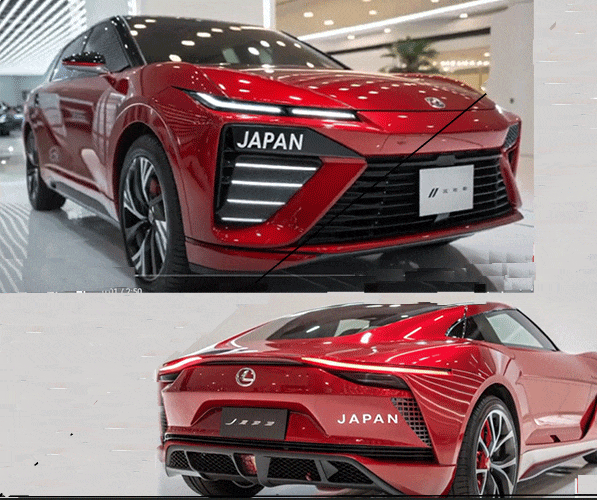
Challenges to overcome:
Electrolysis requires a large amount of electricity to produce hydrogen.
Solution ★ High-voltage supply: High voltage is required for water electrolysis, and Toyota engineers are developing an efficient power supply system. This generates hydrogen and oxygen.
★ Redox reaction: Water electrolysis is based on a redox reaction, and hydrogen can be obtained by applying an electric current under strict conditions.
★ Utilization of renewable energy: Toyota is also aiming to use electricity from renewable energy sources for electrolysis. This will enable environmentally friendly hydrogen production.
Electrode degradation:Solution Corrosion and wear caused by electrolysis. As a countermeasure, the adoption of durable new materials (such as carbon nanotubes) and self-healing functions are said to be aimed at significantly extending the lifespan (to 200,000 hours?).
Scale (water scale) adhesion: Solution The problem of minerals in tap water solidifying. As a countermeasure, self-cleaning filters and AI-controlled adhesion prevention measures are reportedly being developed.
Bubble issues: Solution Bubbles generated by electrolysis hinder efficiency. As a countermeasure, a special flow path structure (microchannels?) that quickly removes bubbles is reportedly being adopted.
Advanced control: Solution A complex and advanced AI control system is essential for detecting and resolving these issues in real time.
Speculation on mass production and cost:
Since existing engine production lines can be partially modified to accommodate this, large-scale new factory investments like those required for EVs are unnecessary, making mass production relatively cost-effective.
Vehicle prices are expected to be cheaper than EVs (estimated at 600,000 to 900,000 yen).
High Barriers to Widespread Adoption: Are Conspiracy Theories Real?
Why has such a revolutionary technology not come to light until now? Past examples and various “invisible forces” suggest that its widespread adoption may be hindered.
Past example: Stanley Meyer
Stanley Meyer, an American inventor who is said to have developed a car that runs on water in the 1990s. He attracted attention from the military and large corporations, but is said to have faced various pressures and obstructions, and died suddenly while eating at a restaurant in 1998 (there are persistent rumors that he was poisoned).

After his death, it is said that much of his research materials and prototypes disappeared. It has been pointed out that there are eerily similar points between the structure of the water electrolysis and instant combustion system developed by Meyer and the technology said to be Toyota’s water motor.
Forces that could hinder widespread adoption
★ Oil majors and oil-producing countries: Some oil-producing countries are facing the threat of losing an annual market worth nearly 100 trillion yen, putting their national finances in jeopardy.
★ Power companies and energy infrastructure companies: As households and cars become self-sufficient in their energy, the value of existing massive power transmission and distribution networks will decline.
★ Mining majors: Demand for rare metals essential for EV batteries will plummet, leading to the loss of mining rights.
★ Existing automakers (especially EV advocates): The massive investments they have made in EVs to date could be wasted.
Methods of obstruction
These forces could attempt to shut down technology by buying up patents, launching negative campaigns, targeting development data through cyberattacks, or strengthening regulations through political pressure.

Toyota’s strategy?
Why does Toyota not openly refer to its technology as a “water-powered car,” but instead introduces it within the existing framework of “hydrogen engines” and “fuel cells”? I speculate that this is a strategic move to avoid market confusion and to proceed with development within the existing regulatory framework.
The primary reason, in my view, is that at this stage, there are likely many stakeholders worldwide who would be adversely affected by a world where cars run solely on water, which, from one perspective, seems like a natural progression.
There is also the intention to avoid provoking such parties.“ I believe that ‘MIRAI’ is a strategic prototype that has been introduced to the market ahead of time, using the term ”hydrogen car“ as a cover for the ”water-powered car” technology.
The future brought by water-powered cars: What is Japan’s role?
If “water-powered cars” truly become widespread, how will our society change? The following is a vision of a grand future.

★ Energy revolution: Breaking free from oil dependence. Energy decentralization and democratization will advance, and fuel costs will plummet.
★ Environmental improvement: Air pollution will disappear, urban air will be purified, and it will contribute to mitigating global warming.
★ Infrastructure transformation: Gas stations and large-scale power grids will become unnecessary.
★ Regional Revitalization and Disaster Preparedness: Since energy can be secured with just water, this technology will revitalize sparsely populated areas and remote islands, and serve as an emergency power source and water supply during disasters.
★ Creation of New Industries: Water-related technologies, AI control technologies, and precision processing technologies will further develop.
★ Geopolitical shifts: The energy hegemony may shift from oil-producing nations to countries with water resources and technology (with Japan often highlighted as a key player). This also suggests the risk of new international disputes over water rights.
Japan, with its abundant water resources and world-leading technological capabilities, has the potential to take the lead in this “water energy revolution,” and I strongly believe this is a position we can confidently assert.
It is a self-contained machine with a concept similar to that of a living organism, which does not “consume” energy but “runs while generating it.” It generates hydrogen as naturally as drinking water and breathing, and moves powerfully. Its appearance is no different from that of us humans.
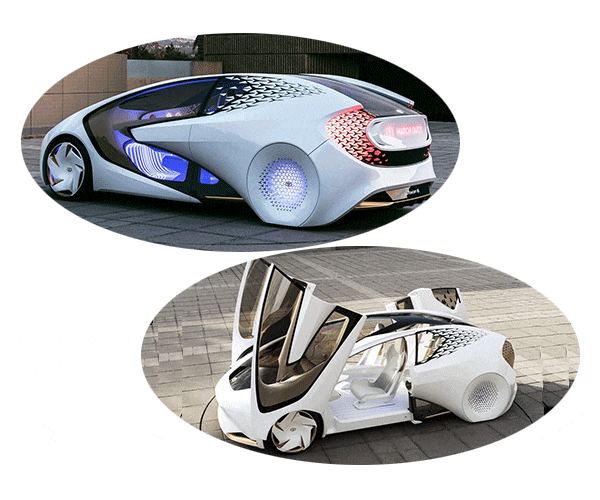
We want to drive a car like this as soon as possible!
Narration is in English
Thanks for visiting



